Inside Ukraine’s ‘impossible’ military intelligence raid on Azovstal
Over nine weeks special forces officers carried out daring helicopter missions.
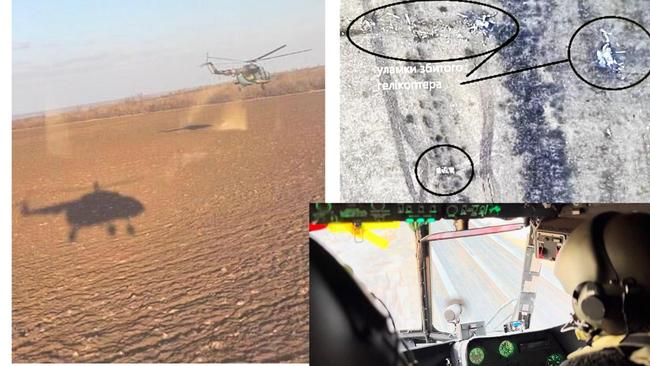
The men of the Azov regiment boarded their helicopters in the knowledge that none of them would be coming back. Their last flight would be an uncomfortable one – both aircraft were packed full of anti-tank weapons, ammunition and medicine.
Ginger, a young, blue-eyed special forces officer from Ukraine’s military intelligence, the GUR, adjusted his night-vision goggles, grabbed his rifle, and clambered in after them. His command had told him they would fly low in the dark to the Russian lines and cross at dawn just as Ukrainian artillery began firing. The enemy should be too distracted to deal with a pair of unmarked Soviet-era helicopters.
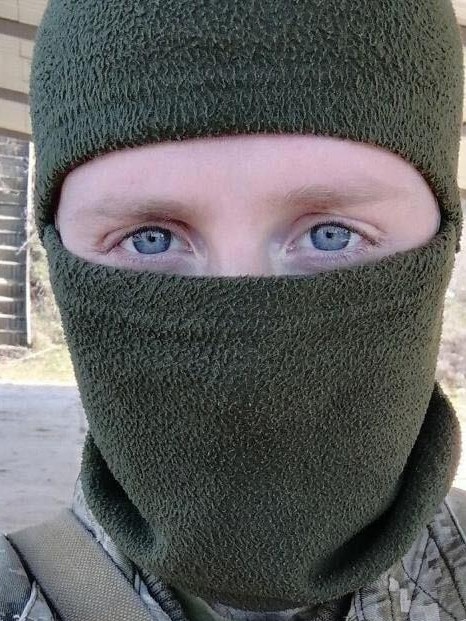
Then, a dash to the sea at ground level, dodging the air defence systems. Along the coast to Mariupol, drop the 15 paratroopers and their cargo at the Azovstal steel works, besieged by Russian assault forces and cut off from the rest of Ukraine. Pick up the most badly wounded of the plant’s defenders and hope the Russian guns would not be waiting for them on the way back.
The GUR planners intended the mission to be so audacious, so suicidal, that the Russians would not realise the helicopters were Ukrainian. If it worked, they would do it again. They wanted the crews to make it back, but everyone knew there would be no return for the Azov soldiers.
“They were very impressive,” Ginger, 24, recalled. Even he, a special forces officer who once took his team into Kabul to rescue Americans from the Taliban, was inspired by their courage. “They understood the risk … but they joked among themselves, they sang songs, they cheered each other up.”
Ginger, along with one of the pilots, the squadron commander and the GUR officer who helped to plan the mission, have, for the first time, revealed details of the operation to The Times. Each wanted to pay tribute to those who did not survive before the anniversary of their deaths. All are still fighting President Putin’s forces and recognise they may not have another chance to tell their story.
On that morning of March 28 last year Russian tanks were advancing on Ginger’s home city, Kyiv, and had surrounded Ukrainian forces in Azovstal.
The battle held Russian troops in the southern city for 12 weeks, preventing a drive north to the big industrial city of Zaporizhzhya.
Stretched by Russian assaults on multiple fronts, Ukrainian soldiers could not break through to relieve the remaining force of several thousand marines and Azov fighters, hunkered down in concrete beneath the sprawling steel plant. They were taking heavy casualties from Russian artillery and it was clear the most badly wounded would not survive captivity.
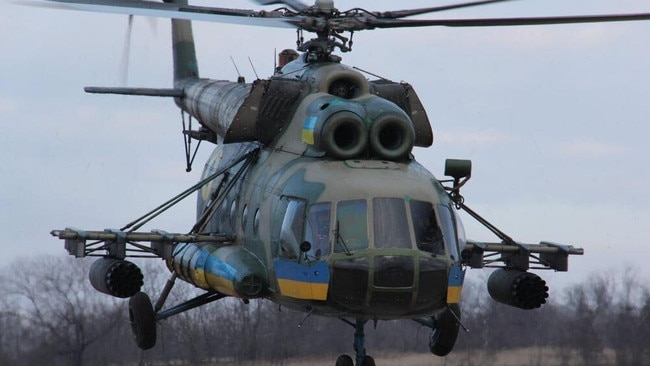
Through information supplied by the US and their own field agents, Ukraine’s military intelligence had a good idea of where the Russian anti-aircraft defences were located.
They shared the information with Colonel Hryhorii, a squadron leader in the 12th Brigade of Army Aviation, who plotted a route to avoid them. They would need every drop of fuel. “Everything unnecessary was unloaded from the aircraft to make way for the cargo, even the machine guns,” he said. “The pilots saw their task and understood it was dangerous to the point of impossible. But no one refused.”
Ginger’s flight of two helicopters was supported by another pair of helicopters, standing by for a rescue mission. His was the last to make it to Azovstal and back before the Russians realised what was happening. They dropped four tonnes of supplies and came back with the wounded.
Even before the Russians started shooting, the flight was a nightmare, Vitaliy, 51, one of the pilots, said. “They gave us our orders and there was no panic,” he added. “I just thought I have to work with this and survive. It was only when they said, now go and have a cup of tea and wait, I thought – please god, let this not be today but tomorrow.”
Vitaliy and his wingman, Vyacheslav, both from the 16th Army Aviation Brigade, left their base in Dnipro at 250km an hour and 3m from the ground. At one point they buzzed through a Russian camp.
Ginger remembers watching with amazement as they careered past Russian soldiers brushing their teeth in the morning light. “There were Russians everywhere along the route,” he said. “They were just swarming.”
Electricity pylons on the approach to Mariupol forced Vitaliy to drag his aircraft up and down as he sped towards them. In the back of Vyacheslav’s aircraft, Ginger was sick. Vitaliy said: “I kept asking, where is the sea? What is the distance to the sea?”
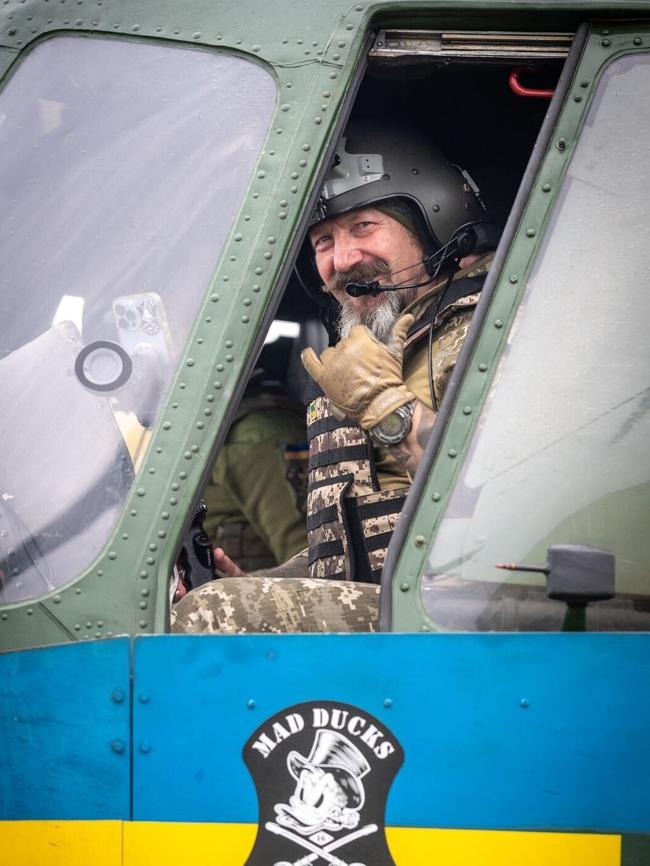
He counted down every minute of the 40 during which they were within range of Russian anti-aircraft missiles. Once they reached the sea they faced two Russian warships. Somehow neither opened fire as the aircraft skimmed the waves in front of them. Then Mariupol came into sight.
At this point Vitaliy, a hulking great man with a Cossack top knot, started to weep. “We saw this apocalyptic landscape of Mariupol, utterly destroyed and on fire,” he said. “And there was Azovstal, almost obliterated.”
They established contact with the Azov commander, Denys Prokopenko, and landed, unloading the equipment and collecting the wounded within seven minutes.
“It was very, very fast,” Vitaliy recalled. “At one point I saw the Azov guys sprinting so hard with the cargo I had to signal to their commander – calm down, we will stay here as long as you need.”
Vitaliy and Vyacheslav flew back to their rendezvous point, embracing when they were out of their aircraft. Vitaliy was overjoyed but it was the last time he would fly with Vyacheslav.
The Azovstal defenders were pinning down the Russians, who could not support advances toward Odesa, Zaporizhzhya or in the Donbas.
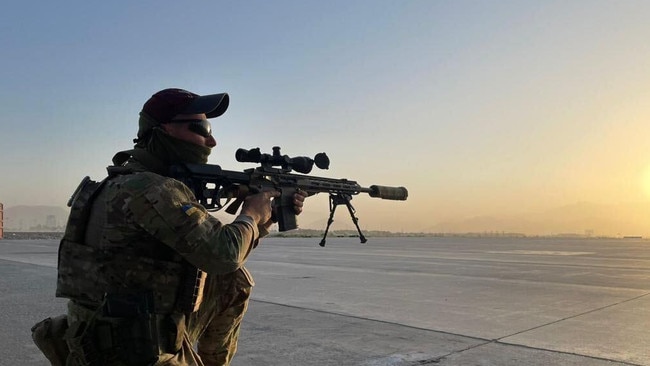
The defenders had severely wounded casualties so the GUR sent in more ammunition and medical equipment. Between March 21 and May 11 last year, 15 helicopters and 45 aircrew made nearly 30 rescue missions to Azovstal, delivering communications devices, ammunition and medicine, as well as evacuating the wounded. Six flights were successful. More than 20 were not.
“The next flights looked like impudence on our part,” Ginger said. “They were waiting for us.”
By April 5 the Russians had closed the noose around Azovstal. But the Ukrainians kept flying the missions despite their losses.
That morning Ginger woke, feeling their luck was running out. He boarded a standby Mi-8. At the controls of the other sat Vyacheslav. As the two main helicopters headed towards them from Azovstal they lost contact with one.
Vyacheslav went to look for survivors, taking Ginger’s commander. A rocket-propelled grenade hit them, killing Vyacheslav. The special forces commander fired at the Russians long enough for the crew to escape. He was later captured.
Ginger said 23 people died in the initial crash. “We were told by locals that our other guys survived,” he added. “But they are in hiding somewhere.”
Once the Ukrainians realised the flights could not get through, the order was given on May 20 to surrender Azovstal. From the 15 aircraft that took part, three were shot down.
Pavel, the senior GUR officer who co-ordinated the operation conceived by General Kyrylo Budanov, said he was grateful to “every special forces soldier” who helped to escort the rescue aircraft.
“These are truly heroic people,” he said. “Their example showed the whole country how real men should act. We will avenge everyone, we will fight and we will free our land from the invaders.”
The Times


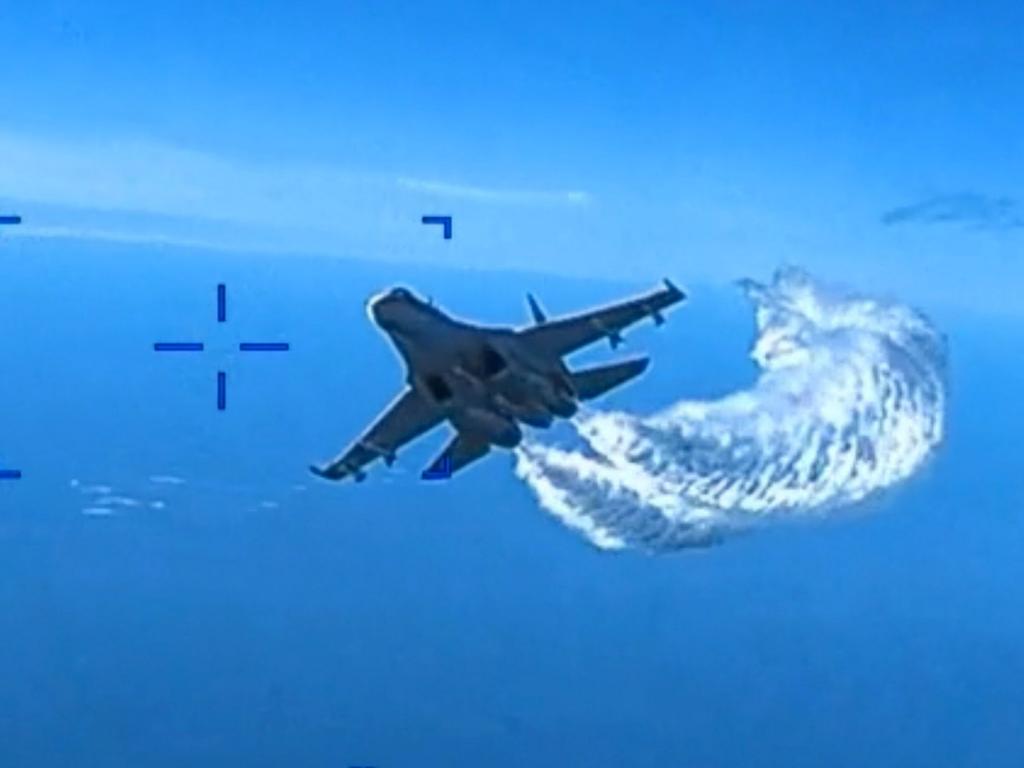

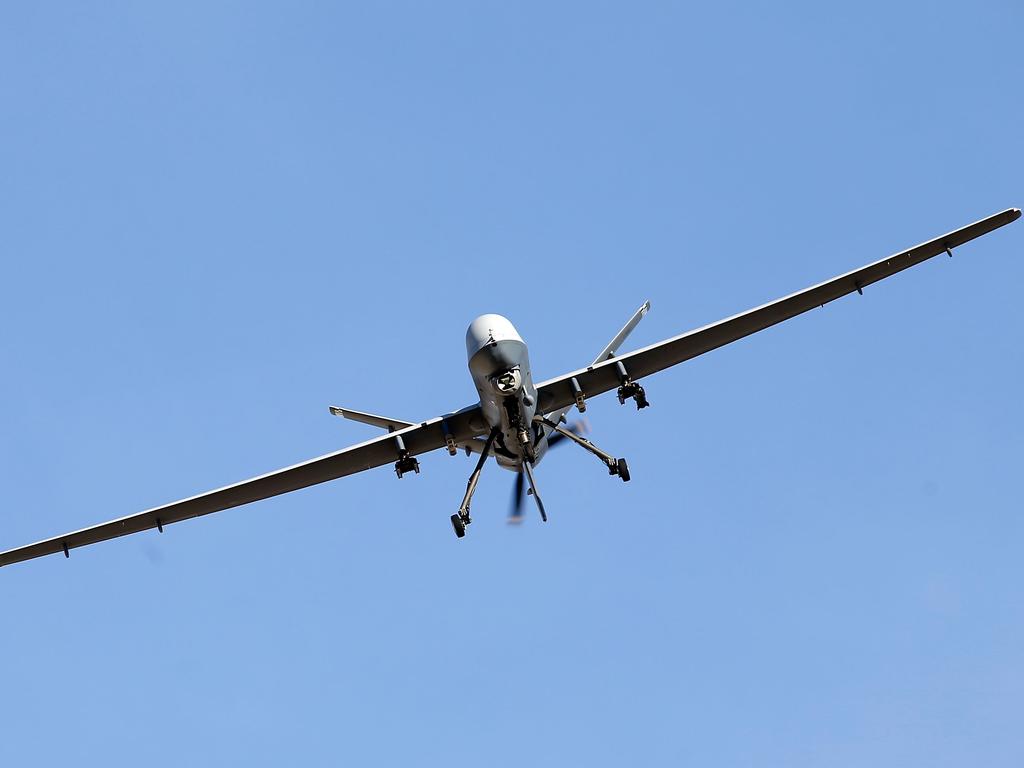


To join the conversation, please log in. Don't have an account? Register
Join the conversation, you are commenting as Logout